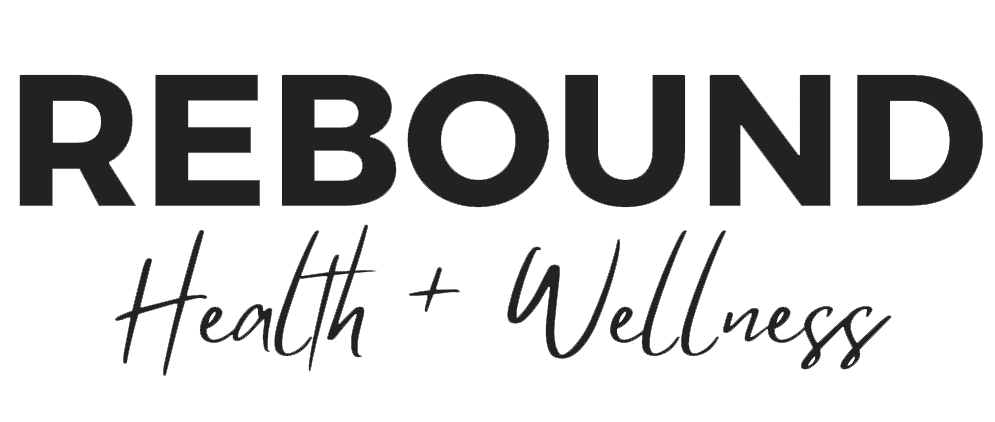Osteopathy
Osteopathy is a holistic manual therapy that aims to improve health across all body systems treating the whole body. It feels like a targeted massage aiming to remove the barriers in the body to restore balance.

Mina Kalil, MOst DOMP
Osteopath
After being introduced to osteopathy in 2011, Mina grew a keen interest towards the profession as his desire was always to help people feel better and pain free.
Mina is a British trained osteopath who went on to complete his Masters in Osteopathic Medicine in London, England at the British College of Osteopathic Medicine. Mina appreciates the holistic approach that osteopathy takes as his job is to seek the underlying physiological cause of the issue, following the biopsychosocial model of health. Mina aims in providing support to educate, engage and influence patients in decisions pertaining to achieving and maintaining optimal health. In his years of clinical training in the UK and Canada, Mina has dealt with all patients ranging from young athletes, office workers, elderly patients, factory/industrial workers as well as pregnant women. Mina uses osteopathy as a way of detecting and treating injuries in the muscles, ligaments, fascia, nerves and joints of the body. Having a highly developed sense of touch known as palpation, he will gently and specifically evaluate and treat injuries. As an osteopathic practitioner, Mina believes that the body has the ability to heal itself and the skilled application of osteopathic techniques (massage, visceral, mobilization/manipulation and soft tissue) in addition to exercise prescription can improve this process and help patients reach their optimal goal. Mina is a member of the Ontario Association of Osteopathic Manual Practitioners and is covered by most insurance plans.Osteopathy is a holistic manual therapy that aims to improve health across all body systems treating the whole body. It feels like a targeted massage aiming to remove the barriers in the body to restore balance.
What does it treat?
- Back and neck pain
- Chronic Pain
- Headaches
- Stiff Joints, restricted movement
- Trapped Nerves
- Bowel Issues (constipation)
- Sciatica
- Postural problems
- Joint pain: knee, shoulder, hip, elbow, elbow, wrist
- Sport injuries
Will I be sore? Soreness can occur up 1-2 days after treatment. It is suggested to relax and not do anything to strenuous.
Is treatment covered by insurance? Some plans do cover Osteopathic treatment, unfortunately at this time they do not accept direct billing. Please confirm with your plan prior to booking. The following are Insurance Providers that may accept your claim:
• Great-West Life
• Green Shield Canada
• Manulife Financial
• Sun Life
• Desjardins Insurance
• Cowan Insurance Group
Do I need a Doctors Note? Not for treatment, however your insurance company may require one
Contact Us Today to Book an Appointment
Online bookings available up to two hours before the start time. Need something sooner? Call us! 905-997-6875
